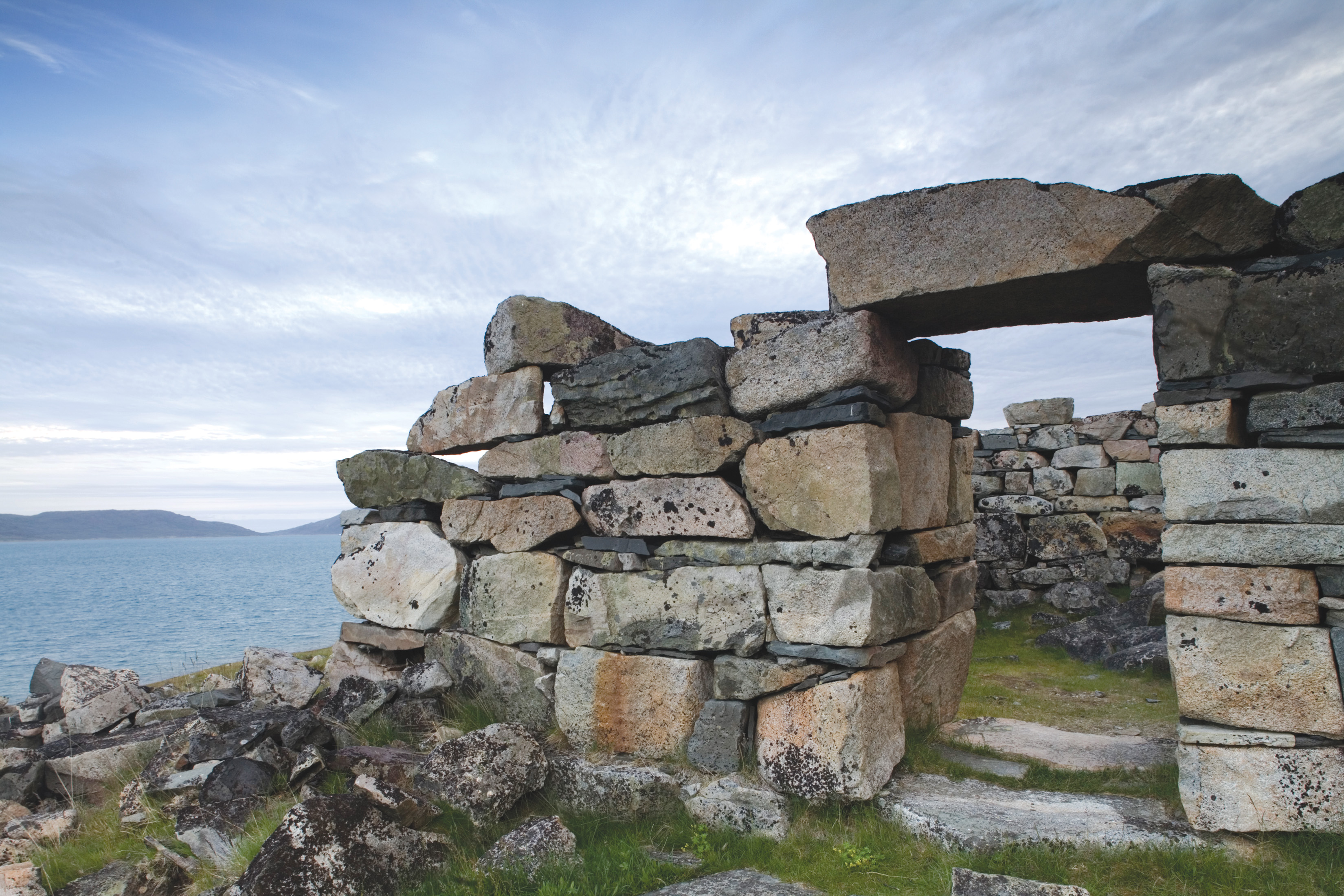1.1 What lessons can we learn from a vanished Viking society?
| CHAPTER 1 | ENVIRONMENTAL LITERACY |
ON THE ROAD TO COLLAPSE
xxxiv
1

CORE MESSAGE
Humans are a part of the natural world and are dependent on a healthy, functioning planet. We put pressure on the planet in a variety of ways, but our choices can help us move toward sustainability.
GUIDING QUESTIONS
After reading this chapter, you should be able to answer the following questions:
 What constitutes the “environment” and what fields of study collaborate under the umbrella of environmental science?
What constitutes the “environment” and what fields of study collaborate under the umbrella of environmental science? What are some of the environmental dilemmas that humans face and why are many of these considered “wicked problems”?
What are some of the environmental dilemmas that humans face and why are many of these considered “wicked problems”? What challenges does humanity face in dealing with environmental issues and how can environmental literacy help us make more informed decisions?
What challenges does humanity face in dealing with environmental issues and how can environmental literacy help us make more informed decisions? What does it mean to be sustainable and what are the characteristics of a sustainable ecosystem?
What does it mean to be sustainable and what are the characteristics of a sustainable ecosystem? What can human societies and individuals do to encourage sustainably?
What can human societies and individuals do to encourage sustainably?
2
Although not much of a tourist destination, Greenland offers some spectacular sights—colossal ice sheets, a lively seascape, rare and precious wildlife (whales, seals, polar bears, eagles). But on his umpteenth trip to the island, Thomas McGovern was not interested in any of that. What he wanted to see was the garbage—specifically, the ancient, fossilized garbage that Viking settlers had left behind some seven centuries ago.
McGovern, an archaeologist at the City University of New York, had been on countless expeditions to Greenland over the past 40 years. Digging through layers of peat and permafrost, he and his team had unearthed a museum’s worth of artifacts that, when pieced together, told the story of the Greenland Vikings. But as thorough as their expeditions had been, that story was still maddeningly incomplete.
Here’s what they knew so far: A thousand or so years ago, an infamous Viking by the name of Erik the Red led a small group of followers across the ocean from Norway, to a vast expanse of snow and ice that he had dubbed Greenland. Most of Greenland was not green. In fact, it was a forbidding place marked by harsh winds and sparse vegetation. But tucked between two fjords along the southwestern coast, protected from the elements by jagged, imposing cliffs, the Vikings found a string of verdant meadows, brimming with wildflowers. They quickly set up camp here, and proceeded to build a society similar to the one they had left behind in Norway. They farmed, hunted, and raised livestock. They also built barns and churches as elaborate as the ones back home. They established an economy and a legal system, traded goods with mainland Europe, and at their peak, reached a population of 5000 (a large number in those days).
WHERE IS THE VIKING SETTLEMENT IN GREENLAND?

And then, after 450 years of prosperity, they disappeared—seemingly into thin air—leaving little more than the beautiful, tragic ruins of a handful of barns and churches in their wake.
The how and why of this vanishing act remained a tantalizing mystery, one that has drawn hundreds of scientists—McGovern among them—to Greenland each summer. Recently, some of McGovern’s colleagues had begun to suspect that disturbances in the natural environment—a cooling climate, loss of soil, problems with the food supply—may have been the deciding factors.
While other researchers probed ice sheets and soil deposits in search of clues, McGovern stuck to the garbage heaps, or middens, as Vikings called them. Every farmstead had one, and every generation of the farmstead’s owners threw their waste into it. The result was an archaeological treasure trove: fine-grain details about what people ate, how they dressed, and the kinds of objects they filled their homes with. It gave McGovern and his team a clear picture of how they lived.
If they dug deep enough, McGovern thought, it might also explain how they died.